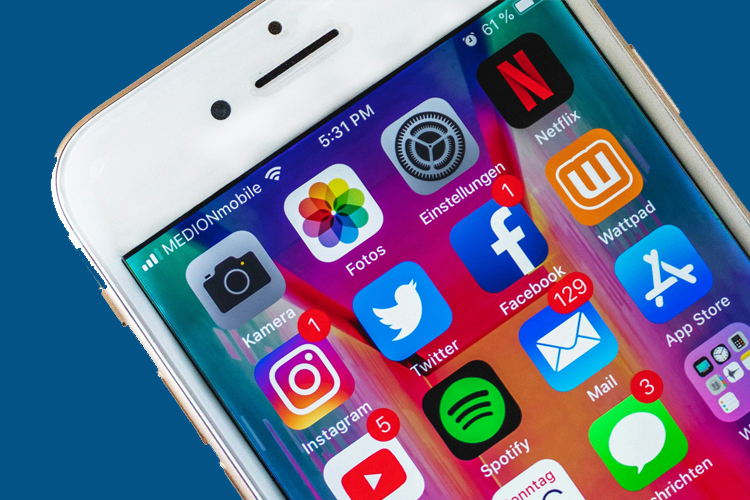Defining and Crafting a Comprehensive Omnichannel Marketing Strategy for Success
In today’s ever-changing, multiplatform, digital landscape, businesses must adapt to their customers’ evolving needs and preferences. An omnichannel marketing strategy has emerged as a crucial approach to providing a seamless and integrated customer experience. To create a successful omnichannel marketing strategy that encourages customer engagement promotes brand awareness, and generates leads, here are some steps to consider.
What is omnichannel marketing?
Omnichannel marketing is a multichannel approach that ensures a consistent and cohesive brand experience across all customer touchpoints, whether online or offline. It breaks down the silos between different channels, such as social media, email, and digital search ads, to create a positive journey for the customer. Omnichannel marketing is not just having content on multiple channels or chasing the latest digital trend. One of the key differentiators is using a customer-centric approach to your strategy.
Adopt a customer-centric approach
Your Omnichannel marketing strategy needs to begin with understanding your target audience and where they are. It is easy to get complacent and think you know your audience – after all, you have been creating campaigns for years, and you have worked in your industry for decades. But things change and in the digital world, they change more than they remain constant. Plan for regular market research to dig deeper, use tools like SparkToro, or actually talk to your customers. Sometimes a brief survey with questions like, what social media channels do you enjoy, do you like engaging with Chat on a website, and how often do you listen to podcasts, can reveal insights into audience behaviors.
Know where your best leads are coming from
Armed with this new information about your audience, compare it with the information in your CRM. What market sources are providing the best leads, and maybe more importantly, what secondary sources are influencing them? For example, maybe a quality lead came from organic search – but did they first watch a video on your YouTube channel? Did they engage with a retargeting ad before coming back to your site from an organic search? Understanding this will help you know which platforms to focus on and which aren’t worth your valuable time.
Channels to consider in your omnichannel marketing strategy
Online channels
- Website
- Social Media – Facebook, Instagram, LinkedIn, TikTok, Reddit, YouTube
- SEM – Google Ads and Display Network
- Landing Pages
- Chat Bots
- Messaging Apps
- Video pre-roll ads
Offline channels
- Brick and Mortar locations
- Podcasts
- Print Advertising
- Direct Mail
- Events and Tradeshows
Emerging channels to consider
- Voice Search and Voice Assistants (smart speakers like Alexa)
- AI search
Use consistent messaging
Think about the messaging. Remember that a good omnichannel strategy is customer-centric. This is a critical part of the success of your strategy. Look at your messaging from the eyes of your customer. What are their pain points? What stage of the buyer’s journey are they in and is your messaging appropriate? Building out quality content that meets your customers where they are has to happen before you consider the channels for your multichannel marketing strategy.

Adapt content to suit the platform while maintaining brand integrity
Once you are confident in the quality and relevance of your messaging, it’s time to get into the channels that make up an omnichannel strategy. During your market research, you identified the channels that your best leads were engaging. Your messaging for those channels must be unique enough to fit the audience and the platform, but be brand and message consistent. It can be tricky to maintain a uniform brand identity on both TikTok and LinkedIn for example. One way to do that is with consistent visual elements. Not only your logo and branding colors but images too. Here is a recent example we employed at CLC. This gentleman was a part of a recent campaign. The image was used in print ads, Google Display ads, email, and social media. We versioned the message for each platform while maintaining consistency. To complete the user experience, the image was also used on the website landing page for the campaign.
In a world where consumers expect a seamless and personalized experience, adopting an omnichannel marketing strategy is no longer an option but a necessity. By prioritizing customer-centricity, integrating technology, maintaining consistent branding, and continuously adapting based on data insights, businesses can create a holistic and effective omnichannel approach. Embrace the power of connectivity and deliver a unified brand experience that resonates with your audience, fostering long-term loyalty and driving sustained business growth.
At Cappella Digital Marketing Solutions we are committed to supporting non-profit senior living communities through innovative digital marketing principles. Our mission is to apply the disciplines that have been successful in our own communities to strengthen the client’s online presence, elevate brand awareness and drive meaningful lead generation.
Want to chat? Contact us at CDMS@CLCLiving.org
About the Author
Robin Visser serves as Director of Marketing and Digital Strategies at Christian Living Communities. Robin has a wealth of digital marketing experience both in senior living and global industries, along with a background in broadcast and video production. Her strengths are in digital strategies and innovative ideas.




